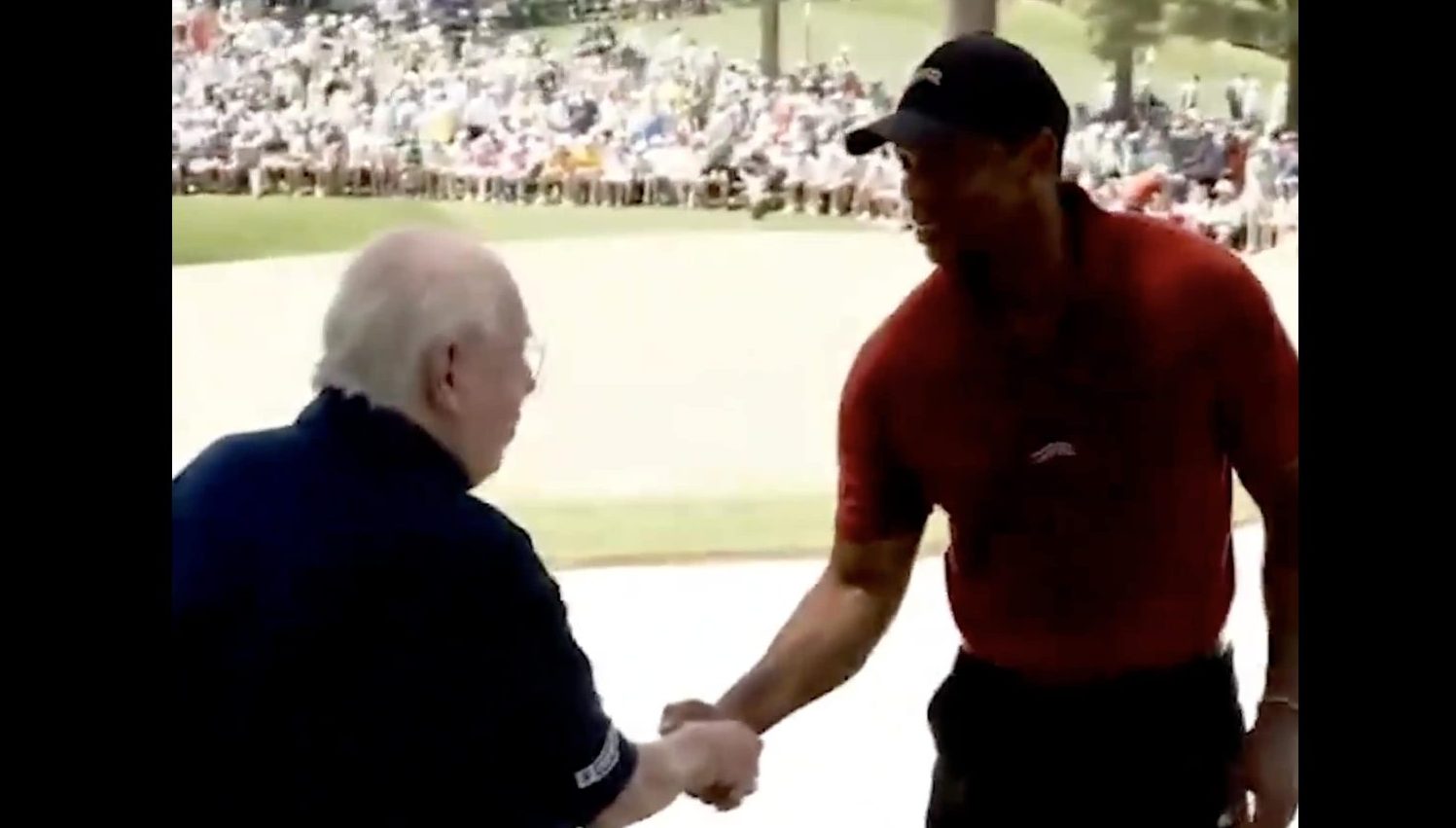A big part issue facing the Pac-12 is what’s going on with its network, the only NCAA Power Five conference network not affiliated with a larger media company. The media payouts to each school from the network have dropped dramatically, and the network has lost a lot of carriage. And now, after the conference gave up on its much-discussed plan of selling a stake in its media rights to private equity firms, they seem to be cutting back dramatically on what their network is actually providing, especially when it comes to on-site production.
John Canzano of The Oregonian (who has been a key figure covering various Pac-12 issues) wrote Wednesday that the network’s on-site productions of spring events are set to drop dramatically, and that many network figures aren’t happy about that:
The spring production schedule for the Pac-12 Networks was distributed to staff last week and it created a buzz among longtime production staff. Particularly, because it comes with a jarring change. There is only one traditionally produced, fully staffed, on-site broadcast event on the schedule — the Oregon Ducks’ spring football game.
Offered one longtime Pac-12 Conference staffer: “The network continues to sabotage itself.”
In prior years, Pac-12 Networks viewers in each market could typically count on many as a dozen or more fully staffed and on-site produced baseball games, a handful of softball games and at others times, lacrosse, track and field, tumbling, and even field hockey. In Los Angeles last spring, for example, there were nine on-site, fully produced live events.
This spring in LA?
Zero.
…Also, in 2019 the Pac-12 Networks sent full production and broadcast crews to 10 of the conference’s 12 spring football games. Only Stanford and UCLA were produced remotely from San Francisco. This spring, per a Pac-12 source, 11 of the 12 spring football games will feature remote broadcasts with limited on-site staff and a reduced number of camera operators at the stadium.
…Said a Pac-12 high-level administrator at headquarters: “A lot of people behind the scenes believed in the conference’s message four years ago and we’ve watched as the vision for the network has slowly died.”
For the record, Andrew Walker (the Pac-12’s vice-president of communications) gave Canzano this statement:
“Pac-12 Networks will be producing the same amount of live events this Spring at the same high quality that we have in prior years. Pac-12 Networks has been a leader in pioneering efficient remote production over the past years, and every year we have become more efficient in our production while maintaining high quality for our fans and schools. This includes increasing each year the number of events in which we use best-in-class emerging technologies to ensure the most efficient, and high-quality, production possible.”
Look, on some levels, there’s some logic behind this. Many, many networks have gone to more remote-produced broadcasts over the past few years, especially for less-prominent games with lower audiences; for example, ESPN has done this for men’s and women’s college basketball, and Fox did it for many men’s FIFA World Cup games last year. And there’s an obvious cost savings from not sending a production truck to an event, or even not sending announcers. And it’s understandable that baseball, softball, lacrosse, track and field, tumbling and field hockey may not be pulling in huge numbers of viewers that make it worthwhile to do a top-tier on-site production, especially with the Pac-12 Networks’ carriage struggles.
The latest
It’s understandable that the Pac-12 and the Pac-12 Networks want to cut costs. They’re in a tough position on a number of levels, especially with their conference yet again failing to make the College Football Playoff (for the fifth time in six years) and reap the according bounty. But there are a lot of conference expenses that perhaps could have been cut first, from the conference/network HQ in downtown San Francisco (one of the most expensive places in the world, and one where there’s little to no justification for the Pac-12 to be, especially considering that the other Power Five conferences are headquartered in much more reasonable locales) and from the remarkable spending on commissioner Larry Scott (who makes $5.8 million annually, much more than peers who run more successful conferences, and also gets to bill the conference for things like $7,500-a-night hotel suites). And it’s rather remarkable that the Pac-12 is still spending on extravagances like Scott and his demands, but cutting back on things that are actually valuable to their remaining viewers and fans.






